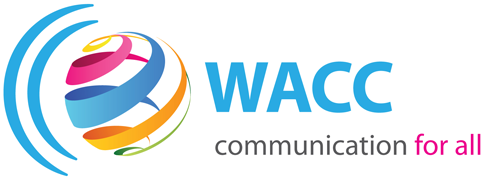19 Feb 2025 MD 2025-1 Editorial
The international humanitarian organization Concern Worldwide says that, “Climate justice is more than a concept. It’s a movement to recognize that the effects of climate change are not felt equally – and that it’s usually those who have done the least to cause climate change...


